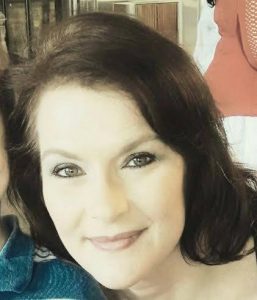 The past two weeks I conducted an unscientific survey. I asked random strangers what they first thought of when they heard the word “Rare.” I got the following answers:
The past two weeks I conducted an unscientific survey. I asked random strangers what they first thought of when they heard the word “Rare.” I got the following answers:
- Automobiles
- Gemstones
- Jewelry
- Books
- Mummies found in peat
- Animals
- Manuscripts
- Records
- Rugs
- Furniture
- Mirror twins
- Meteorites
- Aurora Borealis
- Sheet lightning
- Pyura chilensis
- Musical instruments
- Art
- Coins
- Sports memorabilia
- Great restaurants
- Intelligent people
- People that smile
- Good manners
Yes, some of the answers made me smile too. Notice their answers all equate value.
They also left me considering how many people actually think about rare diseases if they don’t affect them or someone they care about. It definitely is not their main “Rare” item of thought. Rare diseases take away value on every personal level to those of us even before we are diagnosed. Many times they even steal our perception of humanity and human rights.
In the US 30,000,000 people have rare diseases. That is 1 in 10 people. It takes 7.3 physicians for a patient to receive a correct diagnosis. It took me 51 experienced specialists to obtain my first rare disease diagnosis, and 1 additional specialists to diagnose and save me from imminent paraplegia and death. The time it takes to diagnosis a rare disease is 4.8 years out of a range of 0-20 years. It took me 4 years and 3 months to be diagnosed with geniculate neuralgia, then an additional year to be diagnosed with a major Chiari Malformation and destroyed cervical spine.
All of the following statistics and related information came from globalgenes.org.
92% of physicians find it more difficult to treat patients with rare diseases. 54% of Physicians says there aren’t enough opportunities to network with other physicians that treat patients with rare diseases. 60% of patients with a rare disease and their caregivers stated they received conflicting information from different healthcare professionals about treatment options. 67 % of patients and caregivers stated they needed to provide their healthcare professionals with information on their rare disease. 55% of rare disease patients incurred direct medical expenses not covered by insurance. 95% of treatments for patients with rare diseases are relatively more expensive compared to treatments for other patients with more common diseases. Almost all payors surveyed indicated there is less information/data available to help determine the standards of care for rare diseases. 70% of rare disease patients have less interaction with friends/family. 75% of rare disease patients live with depression. 86% of rare disease patients live with anxiety and stress. The health-related quality of life is significantly lower for those with rare diseases for which there is no treatment. Health-related quality of life for patients with a rare disease is estimated to be about half of what it would be if the patients were healthy.
I hope after reading this editorial and this edition of the Journal of Participatory Medicine Newsletter you will all consider rare diseases, the patients, and those that care about us when you hear or consider the value of “Rare.”



